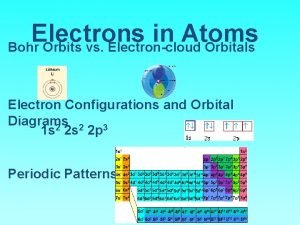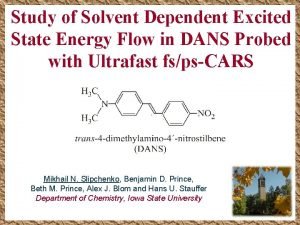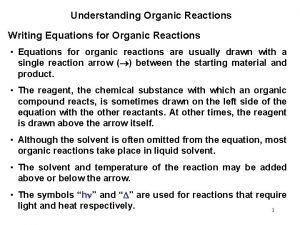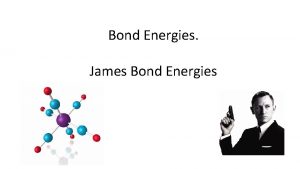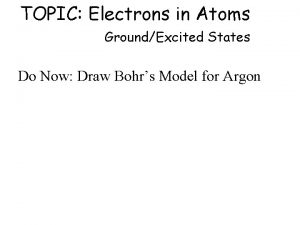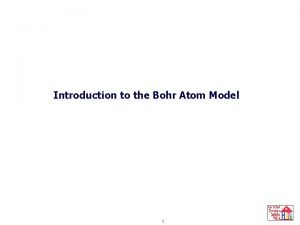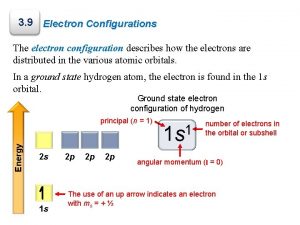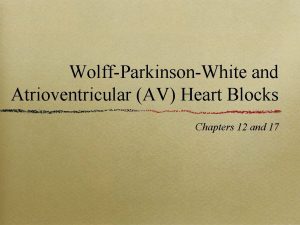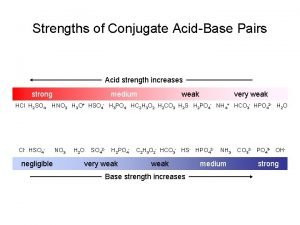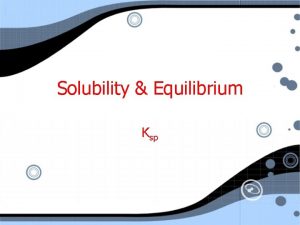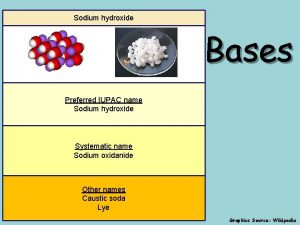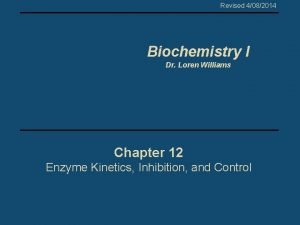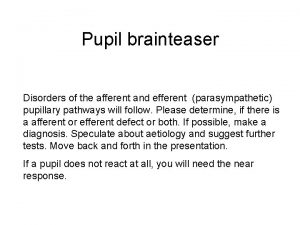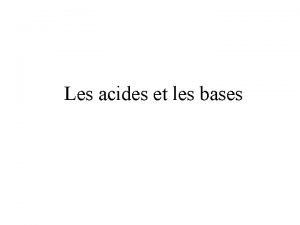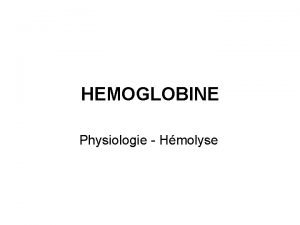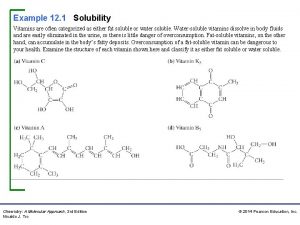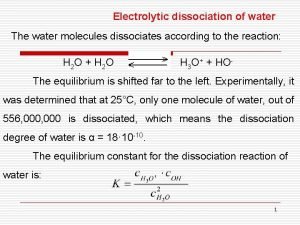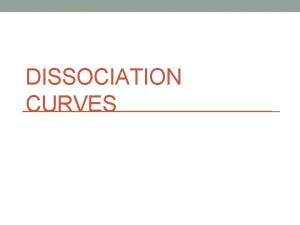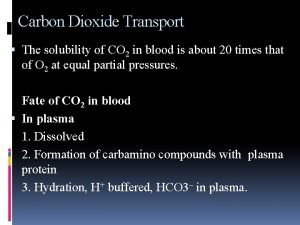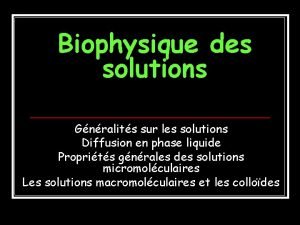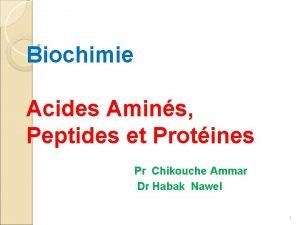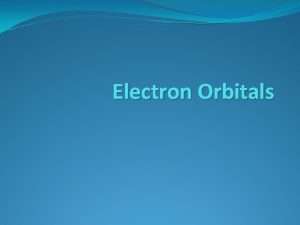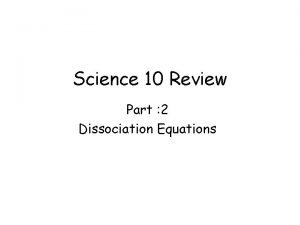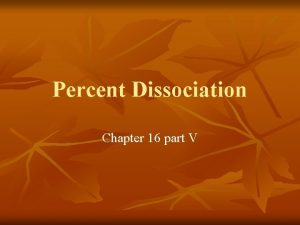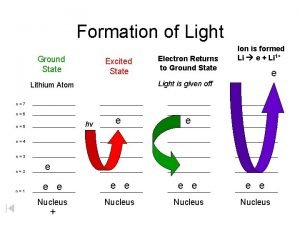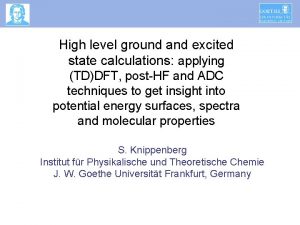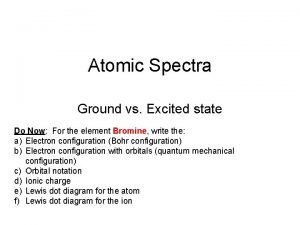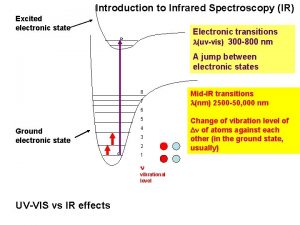Excited electronic state Energy Dissociation energy Ground state


































- Slides: 34


Excited electronic state Energy Dissociation energy Ground state Rotational transition (in microwave) Internuclear separation 2


(正反射)表面光滑面 Diffuse Reflection (散射反射) --表面粗糙面 Specular Absorption Reflection (正吸收反射) Grazing Angle Reflectance -- 可量測約幾十個 埃 A Total Reflectance (ATR 全反射) --表面 0. 2 - 6 um 4


FTIR Laser IR source 6

Background 背景掃瞄 穿透光譜 80. 8 Ratio Sample 樣品掃瞄 60 %T 40 20 0. 3 4400. 0 2000 1000 2000 cm-1 1000 450. 0 cm-1 7

IR spectra of RO-Zn. O-B 2 O 3 (RO= Mg. O, Ca. O, Sr. O and Ba. O) glasses BO 4 MZB BO 3 CZB SZB BZA H 2 O, OH bending vibration of borate segments No peak at 806 cm-1 , no boroxol ring BO 3 asymmetric stretching vibrations of B-O and B-O¯ bond. These bands have become broad in present glasses in the order Mg. O < Ca. O < Sr. O < Ba. O. 1200 -1400 cm-1 is =B-O-B≡ linkage. 8

IR spectra of RO-Pb. O-B 2 O 3 (RO= Mg. O, Ca. O, Sr. O and Ba. O) glasses BO 4 groups the peaks around 1374 -1407 cm-1 which are overlapping on vibration of BO 3 units might reveal the existence of Pb. O 3 and Pb. O 4 pyramids. 9

IR spectra of Ca. O-Al 2 O 3 -Si. O 2 glasses Al 2 O 3/Ca. O=0. 5 Ca. O=20 mol% Si. O 2=60 mol% 10

1. Vibration of O in Al-O-Si or Si-O-Si : 475 cm-1. The shift of the band to lower frequencies with the addition of alumina can be explained by an increase in the number of Si-O-A 1 bonds, which have a smaller force constant. 2. Al. O 4 tetrahedra : 710 cm-1. 3. Si-O bending and A 1 -O stretching, with the aluminum ions in four-fold coordination: 750~800 cm -1. 4. The bands observed in the 850 to 1300 cm-I region are due to the effect of calcium ions and aluminum ions on the Si-O bonds. The band of shifts from higher frequencies to about 880 cm -1 as the alumina content was increased. This shift was attributed to the presence of Si(OA 1) 3 and Si(OA 1)4, i. e. , silicon-oxygen tetrahedra with three and with four corners shared with aluminum-oxygen polyhedra, respectively. The sub-region of 1050~ 1100 cm-1 represents the vibration of the Si(OA 1/Ca) group, i. e. , the stretching vibration of the silicon-oxygen bond of the [Si. O 4] tetrahedra with one corner shared with an aluminum or calcium polyhedron. The shoulder observed on the 1100 cm-1 band, in the spectra of glasses with a silica content higher than 60 mol%, is probably a vibration of Si. O 4 with four bridging oxygens. The low energy part is likely due to Si(OA 1/Ca) 3 and Si(OA 1/Ca)4. This latter band was said to be due to [Si. O 4] tetrahedra with three or four non-bridging oxygens. 5. The aluminum ions were four-fold coordinated in Ca. O-Al 2 O 3 -Si. O 2 glasses. No six-coordinated aluminum present in Ca. O-Al 2 O 3 -Si. O 2 glasses. This is different from the structure of Na 2 O-Al 2 O 3 -Si. O 2 glasses. [Al. O 6] polyhedron presents in Na 2 O-Al 2 O 3 -Si. O 2 glasses as Al 2 O 3/Na 2 O > 1. In Ca. O-Al 2 O 3 -Si. O 2 glasses, the excess aluminum not included in the tetrahedral aluminosilicate network forms neutral species, ‘triclusters‘, i. e. three-coordinated oxygen. 11


13

14

15

16

17

18

19

20

21

22

23

24

25

Raman散射原理 l l 0 Incident light l 0 Absorbed Transmitted l 0 Reflected l l 0 Inelastic Raman scattering l 0 Elastic Scattered Rayleigh scattering 26

mind=a. E a: poalrizability ANTI-STOKES Rayleigh 0 - 0 0 + 27



Raman spectra of alkali silica glasses (J. of Non-Crysta. Solids 58 (1983) 323 -352) Raman spectrum (I∥and I ⊥) of silica glass The 440 cm-1 band results from symmetric motion of the bridging oxygen relative to the silicon atoms in the three-dimensional network structure (ns(Si-O-Si)). Although the 440 cm-1 band has been assigned to a transverse optic (TO) mode and the 492 cm-1 band to a longitudinal optic (LO) mode, the ns (Si-O-Si) mode is infrared inactive. The weak band at 606 cm-1 is attributed to defect structures in the silica network. The broad envelope located near 800 cm-1 is associated with the network structure of the Si. O 2 glass, as its intensity drops with depolymerization of the glass. Oxygen isotopic substitution data for Si. O 2 glass indicate that the 800 cm-1 feature results primarily from silicon motion. Two broad, weak, and depolarized bands at 1060 cm -1 and 1190 cm-1 are probably due to the antisymmetric Si-OSi stretching mode (nas(Si-O-Si)) in which the bridging oxygen atom moves parallel to the Si. Si axis. 30

Raman spectra of alkali silicate glasses 440 cm-1 (ns(Si-O-Si)) TO mode, 492 cm-1 LO mode, 606 cm-1 defect structures in the silica network. 800 cm-1 network structure of the Si. O 2 glass, as its intensity drops with depolymerization of the glass. Oxygen isotopic substitution data for Si. O 2 glass indicate that the 800 cm-1 feature results primarily from silicon motion. 1060 cm -1 and 1190 cm-1 are TO and LO mode of nas(Si-O-Si). 31

Raman spectra of x. Li 2 O-(1 -x)B 2 O 3 glasses (J. Phys. Chem. Solids, 54 (1993) 621) X=0. 5 X=0. 4 X=0. 35 X=0. 3 X=0. 25 X=0. 2 X=0. 15 500 cm-1 pentaborate, tetraborate and diborate groups. 550 cm-1 isolated diborate groups. 660 cm-1 pentaborate groups. 806 cm-1 Boroxol ring. 770 cm-1 BO 4 unit. 950 cm-1 pentaborate and tetraborate groups. The shift of the 950 cm-1 to a lower value (925 cm-1) is attributed to the linking of pentaborate and tetraborate groups to the orthoborate type of structure. 840 and 1210 cm-1 symmetric stretching of the B-O-B bridges and to the stretching of the terminal B-O- bonds, respectively, in B 2 O 5 anions. (pyroborate) 1300~1500 cm-1 stretching of B-O- bonds. X=0. 1 32

The schematic representation of different borate arrangements. (a) Boroxol unit; B 2 O 3 (b) pentaborate unit; Li 2 O-5 B 2 O 3 (c) triborate unit; Li 2 O-3 B 2 O 3 (d) orthoborate unit; 3 Li 2 O-B 2 O 3 (e) metaborate unit; Li 2 O-B 2 O 3 (f) pyroborate unit; 2 Li 2 O-B 2 O 3 (g) diborate unit; Li 2 O-2 B 2 O 3 (h) loose BO 4. Solid circlea represent boron atoms and open circles oxygen atom. An open circle with a negative sign indicates a non-bridging oxygen. 33

Low frequency Raman spectra in x. Li 2 O-(1 -x)B 2 O 3 glasses The low frequency part of the Raman spectra of glasses is dominated by the so-called “boson” peak. It represents the extent of short-range ordering where a phonon can propagate with no damping. the SCR can be estimated simply from the relation 2 s = vtpc /w where vt is the transverse acoustic waves, w is the peak position of the boson peak. The short-range ordering in lithium borate glasses as shown in figure below does not exceed the dimension of one six-membered ring (8 ). The formation of BO 4 units which results from the addition of Li 2 O to B 2 O 3 frustrates the preferential ordering of the BO 3 triangles and therefore reduces the SCR to 4. 2 (at x = 0. 50) in the lithium borate glasses. 135 cm-1 band in lithium borate glasses may be attributed to the torsion modes of BO 3 and BO 4 units. 34
 Full orbital diagram for he
Full orbital diagram for he Ground vs excited state
Ground vs excited state Bond dissociation energy table
Bond dissociation energy table Bond energy table
Bond energy table How to calculate enthalpy
How to calculate enthalpy Scrip exchange
Scrip exchange Electronic news gathering and electronic field production
Electronic news gathering and electronic field production Excited state electron configuration
Excited state electron configuration Bohr model excited state
Bohr model excited state Ground state of neon
Ground state of neon What are electron configurations
What are electron configurations Av dissociation
Av dissociation Hoc6h5 dissociation equation
Hoc6h5 dissociation equation Iodate solubility
Iodate solubility Hydroxide catalysis bonding
Hydroxide catalysis bonding Km dissociation constant
Km dissociation constant Dissociative disorder not otherwise specified
Dissociative disorder not otherwise specified Eleicited
Eleicited Dissociation des acides aminés
Dissociation des acides aminés Co2 dissociation curve
Co2 dissociation curve Ddnos
Ddnos Komplex ptsd dissociation
Komplex ptsd dissociation Hematie idr
Hematie idr Site:slidetodoc.com
Site:slidetodoc.com Dissociated meaning
Dissociated meaning Dissociative disorder
Dissociative disorder Water dissociation
Water dissociation Structure of haemoglobin
Structure of haemoglobin Co2 dissociation curve
Co2 dissociation curve Disassociating adhd
Disassociating adhd Dissociation constant protein
Dissociation constant protein Po4na3 dissociation
Po4na3 dissociation Chromatographie
Chromatographie What is degree of dissociation formula
What is degree of dissociation formula Ionization vs dissociation
Ionization vs dissociation
